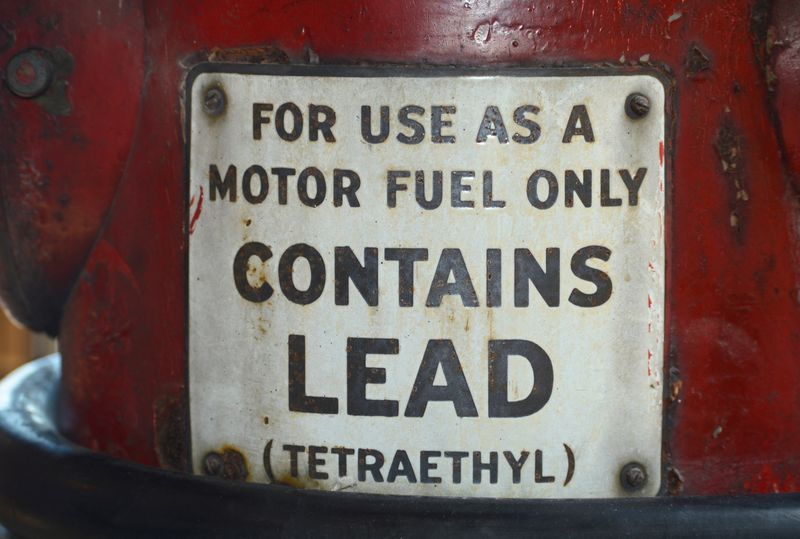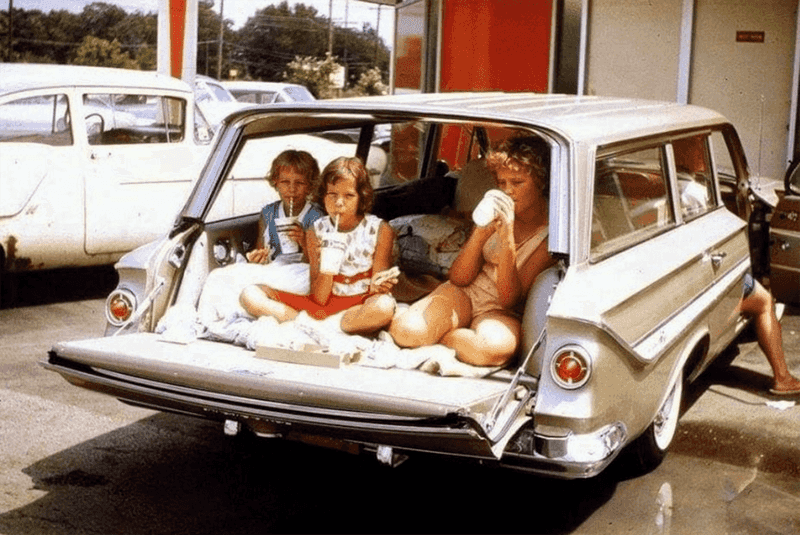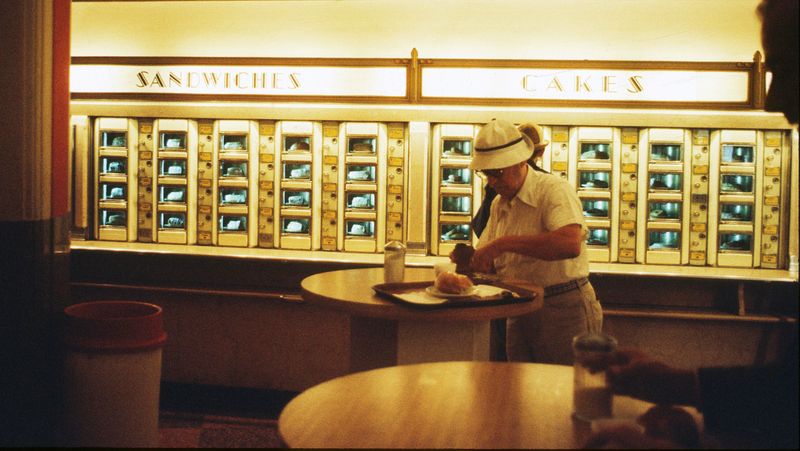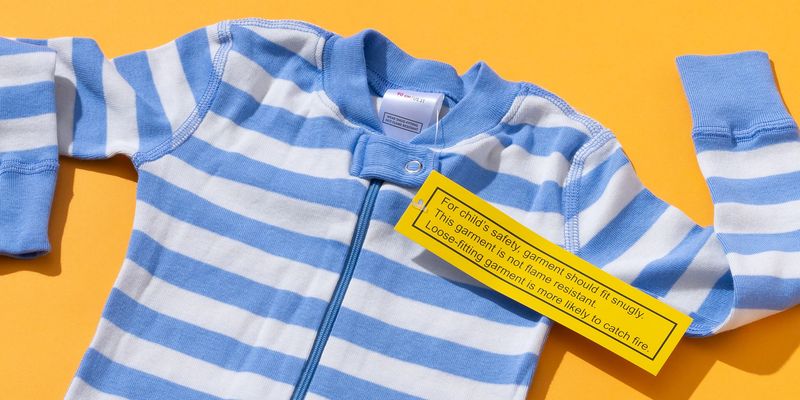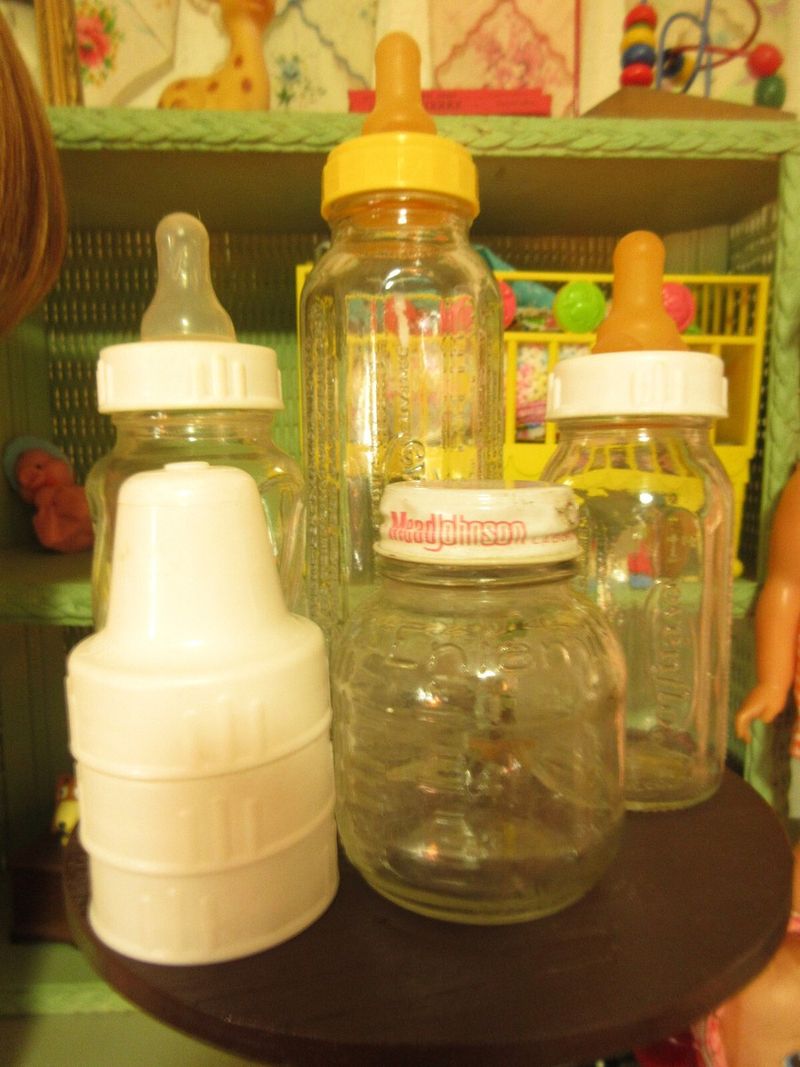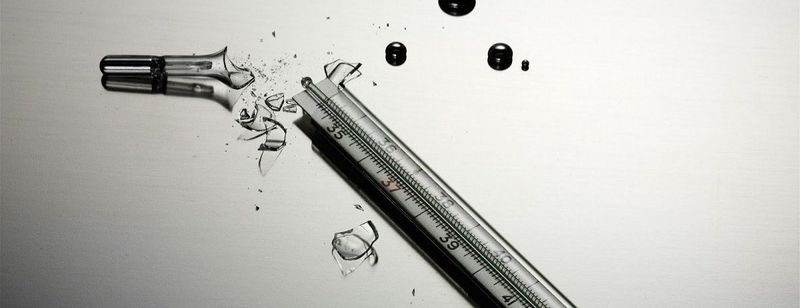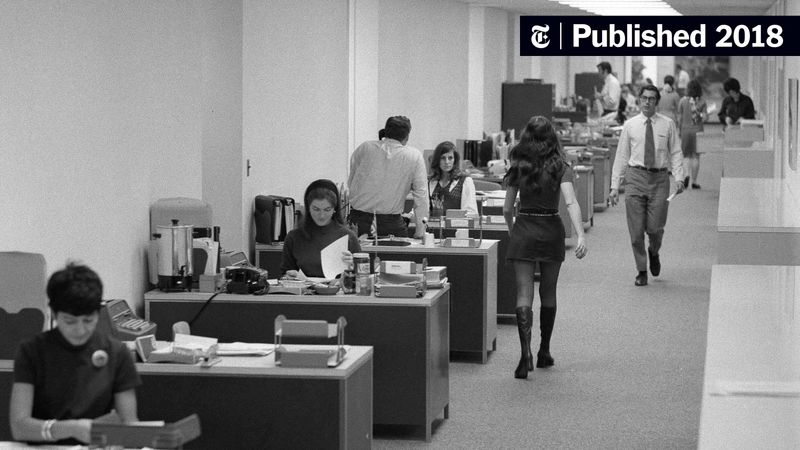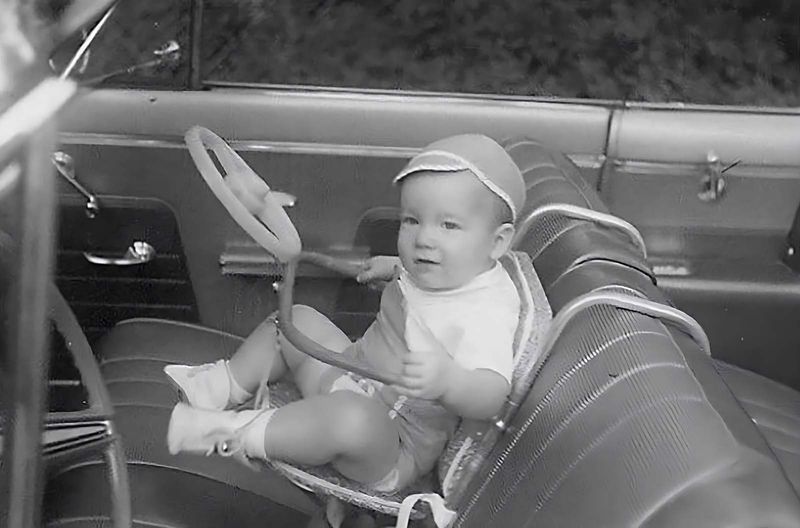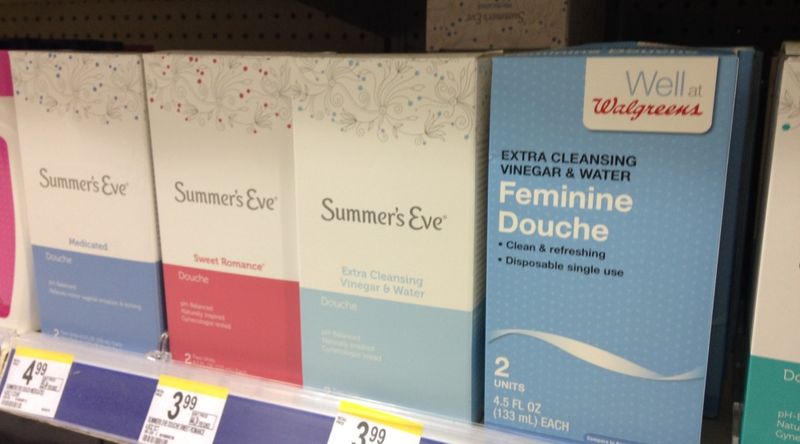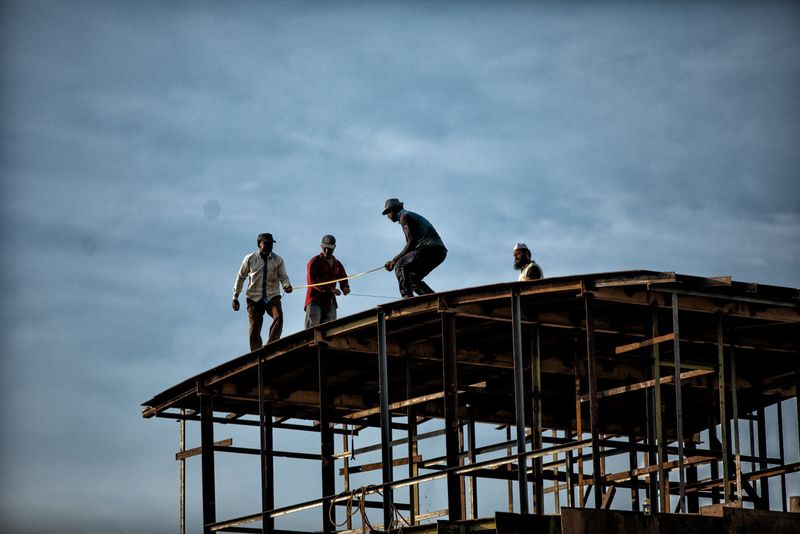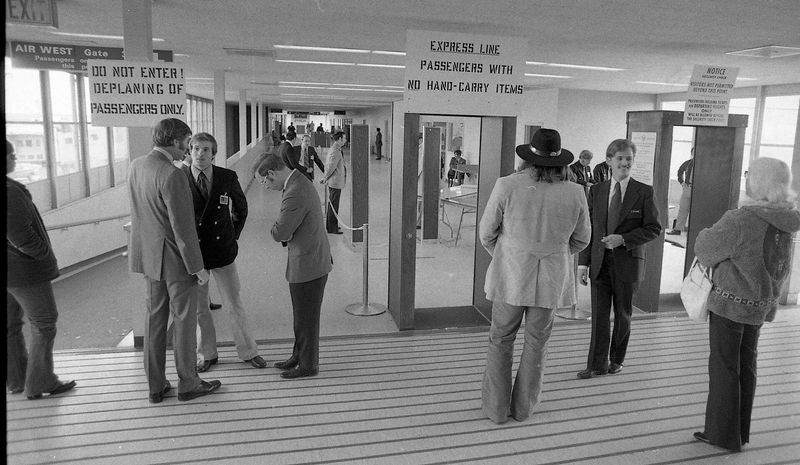The 1970s were a time of colorful fashion, funky music, and surprisingly dangerous everyday products. Many household items, toys, and common practices we once took for granted have since been outlawed for good reason.
Looking back, it’s shocking how many harmful products were part of daily life before research revealed their hidden dangers. Here’s a nostalgic yet sobering look at 30 once-normal products that have since been banned for safety, health, or environmental concerns.
1. Leaded Gasoline
Remember pulling up to the gas station and asking for ‘regular’? That fuel was loaded with lead, a neurotoxin that damaged brains and polluted our air for decades.
Scientists fought the powerful oil industry for years to prove lead’s dangers. Children living near busy roads showed decreased IQ scores and behavioral problems linked directly to lead exposure.
The gradual phase-out began in the 1970s, with a complete ban finally implemented in 1996, marking one of public health’s greatest victories.
2. Smoking on Airplanes
Flight attendants once pushed carts down airplane aisles offering cigarettes for sale. Imagine being trapped in a metal tube filled with tobacco smoke for hours with nowhere to escape!
Non-smoking sections existed, but they were laughably ineffective – like having a non-peeing section in a swimming pool. Flight attendants suffered respiratory problems and higher cancer rates from breathing recycled cabin air.
Smoking was gradually restricted on flights starting in 1988, with a complete ban on all US flights by 2000.
3. Lead-Based Paint in Homes
The walls of 1970s homes often contained a silent poison. Lead paint covered walls, window frames, and children’s furniture, creating sweet-tasting chips that curious toddlers would eat.
Parents had no idea that this common household product could cause irreversible brain damage, learning disabilities, and behavioral problems. When sanded or disturbed, it created invisible toxic dust that settled everywhere.
The Consumer Product Safety Commission finally banned lead paint in 1978, but millions of older homes still contain this hazard today.
4. Asbestos Insulation
Marketed as a miracle material, asbestos was everywhere in 1970s homes – wrapped around pipes, stuffed in walls, and sprayed on ceilings. Homeowners had no idea they were living with a silent killer.
The tiny fibers, when disturbed, would float in the air and lodge permanently in lungs. Decades later, those exposed developed mesothelioma, a deadly cancer with no cure.
Though regulations began in the 1970s, full awareness of asbestos dangers took years, and many buildings still contain it today.
5. Lawn Darts (Jarts)
Family backyard fun in the 1970s often included tossing heavy metal spikes with plastic fins toward ground targets. What could possibly go wrong?
Lawn darts, or Jarts, caused thousands of injuries and several deaths when they pierced skulls, eyes, and vital organs. One grieving father, whose daughter was killed by a stray dart, led the crusade to ban them.
The Consumer Product Safety Commission finally banned the sale of these dangerous toys in 1988, though many families kept their sets for years afterward.
6. Cigarette Ads on TV and Radio
Tobacco companies once bombarded airwaves with cool cowboys and doctors recommending their favorite cigarette brands. The Marlboro Man and Joe Camel became cultural icons that appealed to children and teens.
Studies showed these ads directly increased youth smoking rates. Industry documents later revealed companies specifically targeted young people to create lifetime customers.
Congress finally banned broadcast cigarette advertisements in 1971, marking a major public health victory that helped reduce smoking rates over subsequent decades.
7. Driving Without Seatbelts
Road trips in the 1970s meant sliding freely across bench seats as dad took corners. Kids bounced around station wagons like pinballs while parents drove blissfully unaware of the dangers.
Cars had seatbelts, but using them was optional and widely ignored. The fatality rate on highways was dramatically higher than today’s numbers.
New York passed the first mandatory seatbelt law in 1984, with other states following. Now we understand that this simple strap reduces fatal injuries by 45% and saves thousands of lives yearly.
8. Riding in Pickup Truck Beds
Nothing says 1970s rural childhood like bouncing around in the back of dad’s pickup truck! Kids would stand, sit, or lie down as vehicles zoomed down highways at 55 mph.
A sudden stop could launch passengers like human projectiles. Thousands of children and teenagers died from falls or were thrown during accidents.
Today, most states have laws restricting or banning passengers in truck beds. Modern parents would be horrified at what was once considered normal family transportation.
9. Corporal Punishment in Schools
Wooden paddles hung prominently in principals’ offices across 1970s America. Teachers and administrators freely struck children for infractions ranging from talking in class to incomplete homework.
Parents rarely questioned this practice, often telling children, “If you get in trouble at school, you’ll get it twice at home.” Students with learning disabilities or behavioral disorders suffered disproportionately from physical discipline.
While not federally banned, corporal punishment has been outlawed in 31 states, with research showing it causes psychological harm and doesn’t improve behavior.
10. Smoking in Restaurants and Bars
Dining out in the 1970s meant choosing between the smoking or “non-smoking” section, usually separated by nothing more than an imaginary line. Waitresses developed chronic respiratory issues from working 8-hour shifts in smoke-filled rooms.
Ashtrays sat on every table, and lighting up after meals was expected social behavior. Your clothes and hair would reek after a night out.
California led the restaurant smoking ban movement in 1995, with other states gradually following. Today, smoke-free dining is the norm nationwide.
11. Plastic Microbeads in Soaps
Face scrubs and toothpastes in the 1970s and beyond contained tiny plastic balls marketed as exfoliating miracles. Each tube held thousands of these colorful microbeads that washed straight down drains.
Too small to be filtered out by water treatment plants, these plastic particles flowed into rivers and oceans. Fish and other marine life consumed them, putting toxic plastics into the food chain.
The Microbead-Free Waters Act finally banned these environmental disasters in 2015, but not before trillions entered our waterways.
12. Toxic Flame Retardants in Children’s Pajamas
Parents in the 1970s unknowingly dressed their children in pajamas soaked with tris(2,3-dibromopropyl) phosphate, a chemical flame retardant. The compound could be absorbed through skin or inhaled as it broke down in wash cycles.
Laboratory tests later revealed these chemicals caused cancer and genetic mutations. Children wore these treated garments night after night, year after year.
The Consumer Product Safety Commission banned tris from children’s sleepwear in 1977, but newer concerning flame retardants replaced it until standards changed decades later.
13. High-Phosphate Laundry Detergents
Laundry day in the 1970s involved pouring phosphate-loaded detergents into washing machines. These chemicals got clothes sparkling white but wreaked environmental havoc downstream.
Phosphates acted as fertilizer in waterways, causing massive algae blooms that depleted oxygen and created “dead zones” where fish couldn’t survive. Lakes and rivers across America choked with green slime each summer.
States began banning high-phosphate detergents in the 1970s, with nationwide restrictions following. Modern detergents use alternative cleaning methods that protect aquatic ecosystems.
14. Over-the-Counter Poppers
Small glass vials of amyl nitrite, known as “poppers,” were sold legally in 1970s drug stores as heart medication. The reality? They were purchased for their brief euphoric high and ability to relax certain muscles.
Popular in disco clubs and bedrooms, these volatile liquids caused headaches, dizziness, and dangerous drops in blood pressure. When combined with other drugs or medications, they could be deadly.
The FDA restricted amyl nitrite to prescription-only in 1979, though similar compounds continued to be sold under various loopholes.
15. Glass Baby Bottles with BPA
Mothers in the 1970s mixed formula in polycarbonate plastic bottles containing bisphenol A (BPA), a chemical that mimics estrogen in the body. Clear, unbreakable plastic seemed like a modern miracle for baby care.
Scientists later discovered BPA leached into liquids, especially when heated. The chemical disrupts hormones and may affect brain development, particularly in infants.
The FDA banned BPA from baby bottles in 2012 after decades of use. Many manufacturers had already voluntarily removed it due to consumer concerns.
16. Mercury Thermometers
Every 1970s medicine cabinet contained a glass thermometer filled with silvery mercury. Parents routinely placed these fragile tubes in children’s mouths to check for fevers.
When dropped, they shattered, releasing toxic mercury beads that scattered across floors. Parents would vacuum them up, unknowingly vaporizing the neurotoxin into breathable air.
Mercury exposure damages the brain, kidneys, and developing fetuses. The EPA and many states have now banned these dangerous devices, replacing them with digital or alcohol-based alternatives.
17. Incandescent Light Bulbs
The iconic light bulb with a glowing filament illuminated 1970s homes across America. These energy hogs converted just 10% of electricity into light, with the rest wasted as heat.
While not directly harmful to health, their inefficiency contributed massively to energy consumption and climate change. A typical home contained dozens of these bulbs burning for hours daily.
Many countries have now phased out traditional incandescents in favor of LED technology that uses 75% less energy and lasts 25 times longer.
18. Gender-Segregated Job Listings
Opening a 1970s newspaper’s classified section revealed “Help Wanted: Male” and “Help Wanted: Female” columns. Men were offered management, technical, and high-paying positions, while women saw secretarial, nursing, and teaching roles.
This blatant discrimination limited career opportunities based solely on gender. Many fields remained completely closed to women, regardless of their qualifications or abilities.
The Equal Employment Opportunity Act of 1972 finally made these segregated listings illegal, though gender discrimination in hiring continued in more subtle forms.
19. Small-Part Toys Without Warnings
Toy boxes in the 1970s were filled with tiny plastic parts, marbles, and detachable pieces that perfectly fit into small airways. No warnings existed about choking hazards for young children.
Parents unknowingly gave these dangerous toys to toddlers and babies. Thousands of children choked, with many dying before emergency help could arrive.
The Child Safety Protection Act of 1994 finally mandated choking hazard warnings and testing requirements. Modern toys now include age recommendations and clear labels about small parts.
20. Unregulated Tanning Bed Use by Minors
Teenagers in the 1970s and beyond flocked to tanning salons before proms and summer break. No age restrictions existed, and many high schoolers became regular customers seeking the “healthy glow” promoted in advertisements.
Nobody warned them about the dramatically increased melanoma risk. One session in a tanning bed increased skin cancer risk by 20%, with cumulative damage building over time.
Today, most states prohibit minors from using tanning beds without parental consent, and many ban it entirely for those under 18.
21. Children Riding Without Car Seats
Babies rode home from hospitals in mothers’ arms in the front seat. Toddlers stood on car seats or sat in parents’ laps during 1970s road trips.
Car crashes were the leading cause of death for children, with thousands killed annually. When accidents occurred, unrestrained children became deadly projectiles inside vehicles.
Tennessee passed the first child restraint law in 1978, with other states following slowly. Modern laws require appropriate car seats based on age, weight, and height, saving thousands of young lives yearly.
22. Douching Products with Harmful Chemicals
Colorful boxes of feminine hygiene douches lined 1970s drugstore shelves, promising freshness through chemicals like Lysol and vinegar. Advertisements shamed women into believing their natural bodies needed deodorizing and cleansing.
These products disrupted vaginal pH and beneficial bacteria, leading to infections and irritation. Some contained harmful compounds linked to cancer and reproductive problems.
While not technically banned, modern medical advice strongly discourages douching. Package warnings now state these products can increase infection risk and cause health problems.
23. Unfiltered Cigarettes
Unfiltered cigarettes dominated the market in the early 1970s, delivering maximum nicotine and tar directly to smokers’ lungs. Brands like Pall Mall, Lucky Strike, and Camel were smoked by millions despite mounting evidence of their dangers.
These cigarettes exposed users to significantly higher levels of carcinogens than their filtered counterparts. Smokers’ fingers and teeth would become stained yellow-brown from direct tobacco contact.
While not officially banned, unfiltered cigarettes have nearly disappeared from the market as regulations and health awareness increased.
24. Public Payphones
Street corners and building lobbies across 1970s America housed phone booths where people lined up with quarters to make calls. These communication lifelines connected people before mobile phones existed.
While not banned for safety reasons, payphones have nearly vanished from the American landscape. Their enclosed booths often became sites for drug deals, vandalism, and other criminal activity in urban areas.
The few remaining payphones serve as nostalgic reminders of pre-digital communication, with some cities preserving them as historical artifacts.
25. Red Dye No. 2
Bright red candies, drinks, and processed foods in the 1970s often contained Red Dye No. 2, giving them their vibrant color. This synthetic dye appeared in everything from cherry popsicles to breakfast cereals.
Soviet studies linked the colorant to cancer, though industry fought against these findings. The color additive was particularly common in products marketed to children.
The FDA banned Red Dye No. 2 in 1976 after determining it caused adrenal tumors and reproductive damage in rats. Many other questionable food dyes remain in use today.
26. Pistol-Style Hair Dryers
Bathroom counters in the 1970s often featured hair dryers shaped like handguns, complete with triggers to activate the airflow. These powerful styling tools came in bright colors and were marketed to both women and men.
The dangerous design led to tragic accidents, particularly involving children who couldn’t distinguish them from real weapons. Several deaths occurred when kids played with what they thought were toys.
Consumer safety regulations eventually pushed manufacturers to redesign hair dryers with less weapon-like appearances, though they weren’t officially banned.
27. Smoking in Hospitals
Hospital rooms in the 1970s came equipped with ashtrays, and doctors sometimes smoked while examining patients. Medical professionals even recommended cigarettes to calm nerves or suppress appetites.
Surgical recovery rooms, maternity wards, and even oxygen therapy areas allowed smoking. Patients recovering from heart attacks or lung cancer could light up right in their hospital beds.
The Joint Commission on Accreditation of Healthcare Organizations banned smoking in hospitals in 1992. Today, most facilities prohibit smoking anywhere on their grounds.
28. Unsecured Construction Sites
Construction sites in the 1970s rarely had fencing, allowing neighborhood children to explore freely after workers went home. Half-built structures, exposed nails, and unattended equipment became dangerous playgrounds.
Kids climbed on scaffolding, played in foundation holes, and experimented with leftover materials. Injuries and deaths were common but considered unfortunate accidents rather than preventable tragedies.
Modern construction sites must have security fencing, locked equipment, and warning signs to prevent unauthorized access, especially by children.
29. Minimal Airport Security
Airports in the 1970s operated with shockingly little security compared to today. Passengers walked directly to gates without ID checks, and friends could accompany travelers all the way to the departure area.
Luggage went unchecked, and metal detectors were basic or nonexistent at many airports. Travelers kept their shoes on, carried full-sized liquids, and never worried about body scanners.
A series of hijackings and terrorist incidents led to gradually increasing security measures, culminating in the comprehensive TSA protocols established after September 11, 2001.
30. No Age Verification for Tobacco
Corner stores in the 1970s sold cigarettes to anyone tall enough to place money on the counter. Children regularly purchased tobacco for themselves or were sent by parents to buy cigarettes without question.
Vending machines dispensing cigarette packs stood unmonitored in restaurants, bowling alleys, and hotel lobbies. A child with change could easily access tobacco products without adult knowledge.
The federal minimum age for tobacco purchases was established at 18 in 1992 and raised to 21 in 2019, with ID verification now standard practice.

